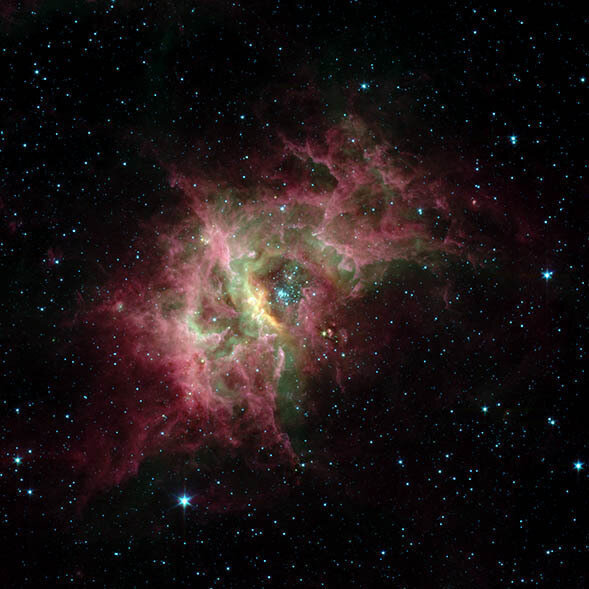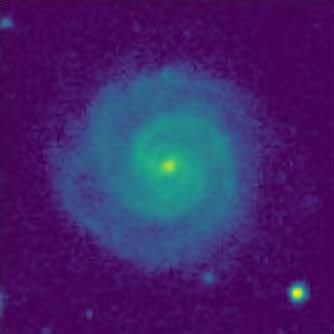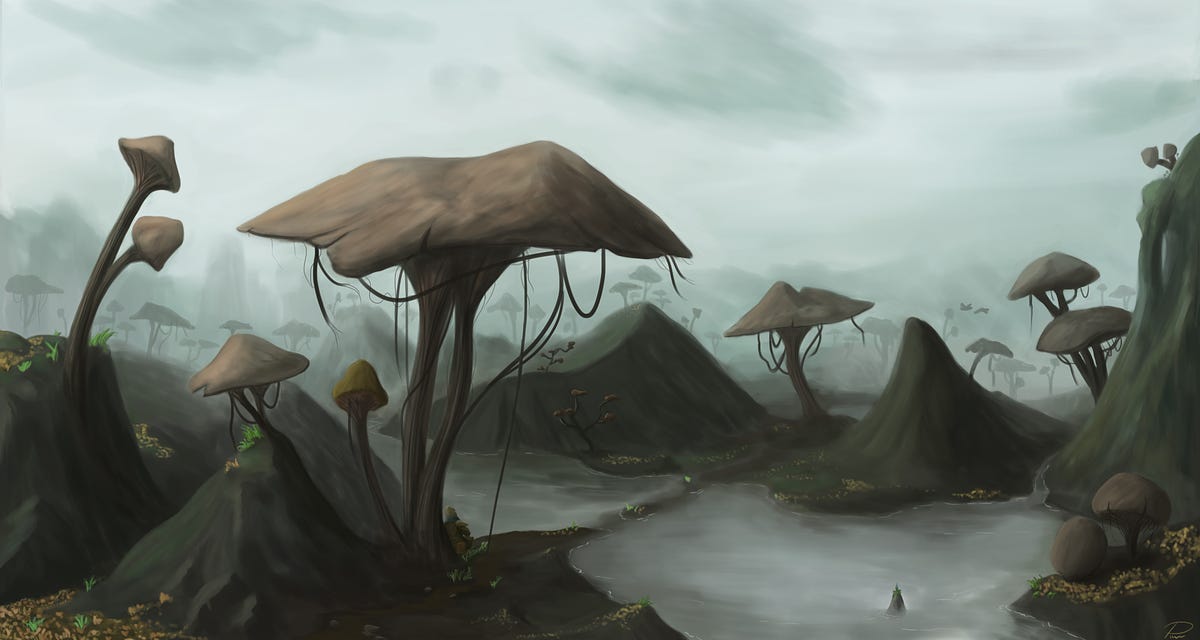
Hubble sees aftermath of galaxy's scrape with Milky Way
This article has been reviewed according to Science X's editorial process and policies. Editors have highlighted the following attributes while ensuring the content's credibility:
A story of survival is unfolding at the outer reaches of our galaxy, and NASA's Hubble Space Telescope is witnessing the saga.
The Large Magellanic Cloud, also called the LMC, is one of the Milky Way galaxy's nearest neighbors. This dwarf galaxy looms large on the southern nighttime sky at 20 times the apparent diameter of the full moon.
Many researchers theorize that the LMC is not in orbit around our galaxy, but is just passing by. These scientists think that the LMC has just completed its closest approach to the much more massive Milky Way. This passage has blown away most of the spherical halo of gas that surrounds the LMC.
Now, for the first time, astronomers have been able to measure the size of the LMC's halo—something they could do only with Hubble. In a new study, available on the preprint server arXiv and to be published in The Astrophysical Journal Letters, researchers were surprised to find that it is so extremely small, about 50,000 light-years across. That's around 10 times smaller than halos of other galaxies that are the LMC's mass. Its compactness tells the story of its encounter with the Milky Way.
















